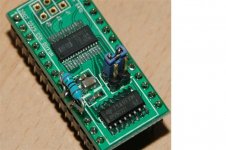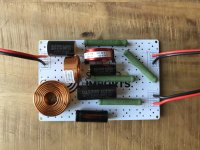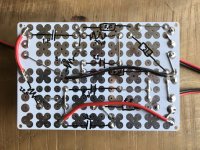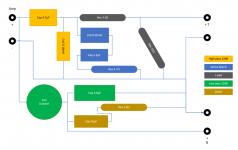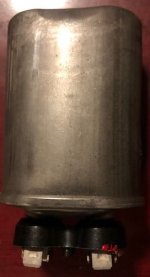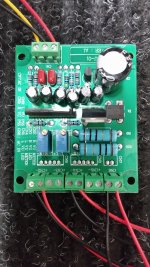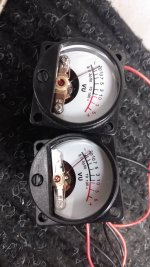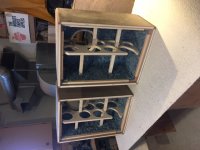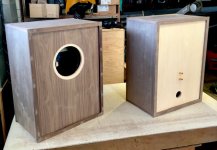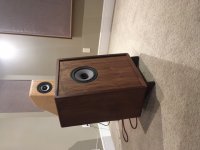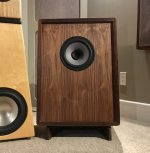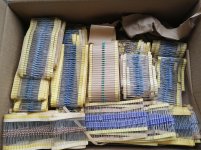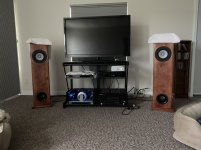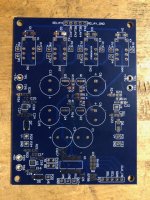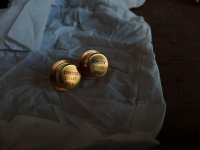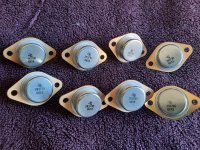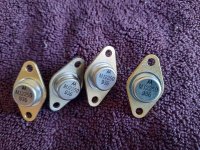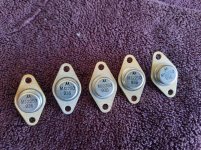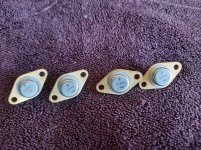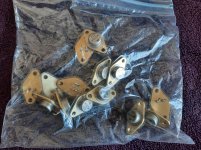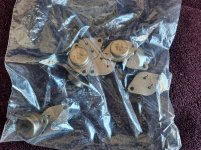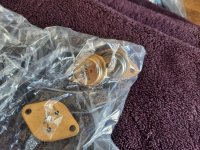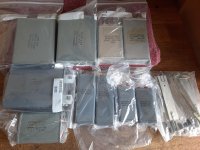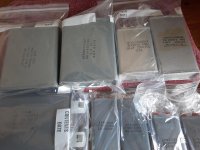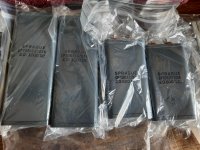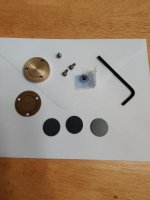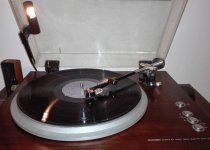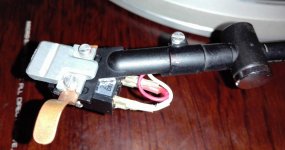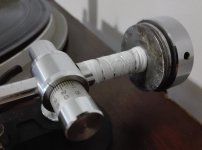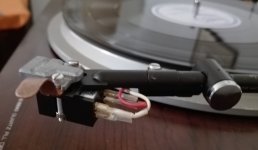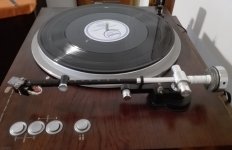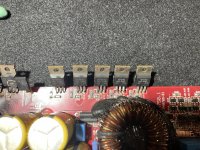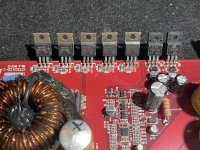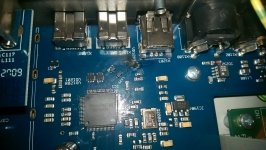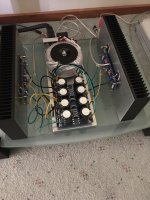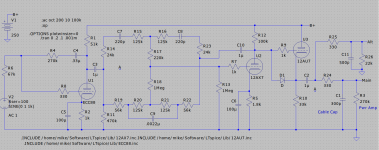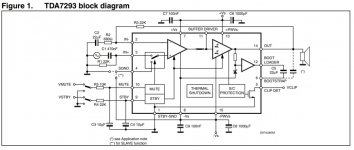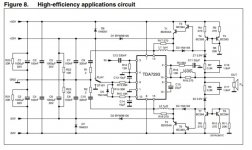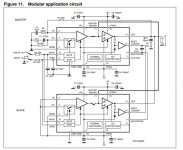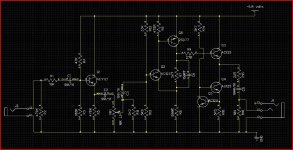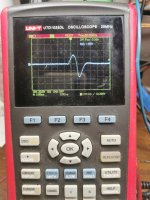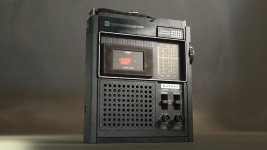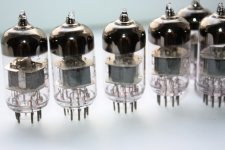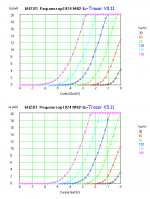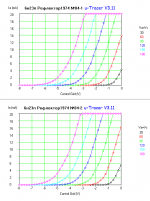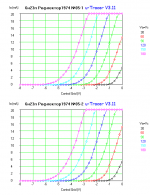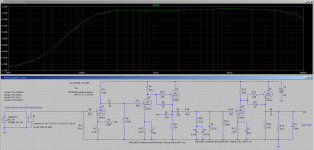RF 50Mhz capable power tubes (and low voltage)?
- By NickKUK
- Tubes / Valves
- 44 Replies
Does anyone know of any lowish power tubes capable of 50Mhz? Say in the 200-600V range? I'm asking as a last chance before I settle on a mosfet output stage for any power use. The tube itself would only be used at 24Mhz but more tubes are available into the 50Mhz band.
I'm aware that switching at this rate has been the reason for high voltages. Plus to be honest I would not be comfortable attempting a 1kV+ device, even if it was in a fully closed shielded case with separate compartments for the kV components.
GU-81M is 1.2KV
6HV5 is 5KV
GU-46 (60MHz) could be possible - more modest B+.
I've read the GU-81M threads for the audio amps made using these. Given the B+ values these would need a large voltage swing depending on the mu which then means needing a drivers stage capable of 50Mhz - so my thinking here is that there must be a driver tube that fits the bill?
e88cc is an option for line output (this is used in MarcelG's DAC) However I was wondering if there's an option to make a tube power section using the same.
Just research for my next tube amp at this stage.
I'm aware that switching at this rate has been the reason for high voltages. Plus to be honest I would not be comfortable attempting a 1kV+ device, even if it was in a fully closed shielded case with separate compartments for the kV components.
GU-81M is 1.2KV
6HV5 is 5KV
GU-46 (60MHz) could be possible - more modest B+.
I've read the GU-81M threads for the audio amps made using these. Given the B+ values these would need a large voltage swing depending on the mu which then means needing a drivers stage capable of 50Mhz - so my thinking here is that there must be a driver tube that fits the bill?
e88cc is an option for line output (this is used in MarcelG's DAC) However I was wondering if there's an option to make a tube power section using the same.
Just research for my next tube amp at this stage.

